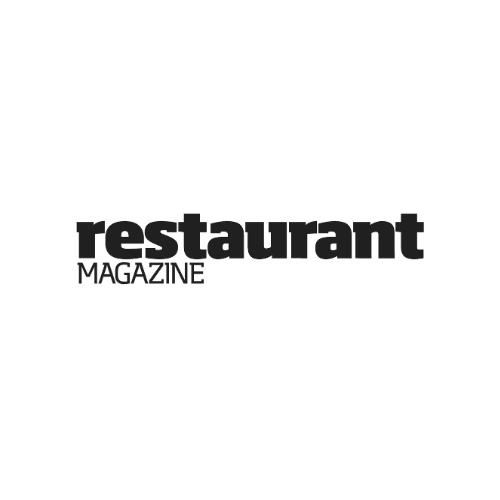In the hospitality industry, it’s all too common for businesses to be run on a cash basis, with owners relying solely on the cash in the till and bank statements to gauge their financial health. Unfortunately, this approach can leave you in the dark about the true state of your business.
Many in the industry start out feeling intimidated by the numbers, handing over the details to a bookkeeper or accountant and trusting that the financial reports they return are accurate.
However, I’ve seen firsthand how this can be problematic. While bookkeepers and accountants may be great at processing invoices and filling in the right boxes, they often lack the experience or confidence to provide the crucial advice you need to steer your business in the right direction.
That’s why it’s so important to get to know your numbers yourself. The power you gain from understanding the basics is transformational—and despite what you might think, it’s not as hard as it seems.
The Basics You Should Know:
Turnover
First, you need to know how much money is coming in. Break this down into categories like wet stock (drinks), dry stock (food), and any other variables such as accommodation. This gives you a clear picture of where your revenue is coming from.Cost of products
Next, you need to track how much money is going out. Again, split this into categories that match your turnover—wet, dry, and others. With these two measures, you can calculate your Gross Profit. Represent this as a percentage, and you’ll have a valuable metric that allows you to benchmark your performance against similar businesses. Instantly, you’ll see how well you’re doing and where you might need to make changes.These figures help you set priorities, whether that’s increasing sales, reducing costs, minimizing waste, or keeping an eye out for theft. By monitoring these numbers over time, you’ll see how your business is evolving, and as the operator, you’ll be able to immediately gauge the impact of your decisions.
Wage Costs
Wage costs are often lumped in with gross profit figures by bookkeepers and accountants, but in hospitality, it’s more useful to monitor them separately.After the cost of products, wages are often the biggest expense, and they offer a clear reflection of both your short-term and long-term decisions. Once you know your wage percentage relative to turnover, you can benchmark it against similar businesses. Remember, different types of establishments will have different benchmarks—a wet-led pub will have lower wage costs than a fine dining restaurant, for example. Understanding and controlling wage costs is crucial because they can quickly spiral out of control and destroy your business. However, if managed well, they can be a key indicator of your success.
Overheads
Every line in your accounts—from bank charges to utilities, consumables, IT, and entertainment—should make sense to you. You should understand how these totals add up, and each one can be benchmarked against similar businesses or compared month-to-month, year-to-year. Familiarity with these numbers allows you to make informed decisions that will keep your business on track.
By not being intimidated by the numbers and making them part of your day-to-day tasks, you’ll be far better equipped to make the right decisions for your business.
If you need help understanding how to benchmark or want more information, feel free to get in touch. I’d love to share more insights and show you how others in the industry are managing their numbers effectively.











